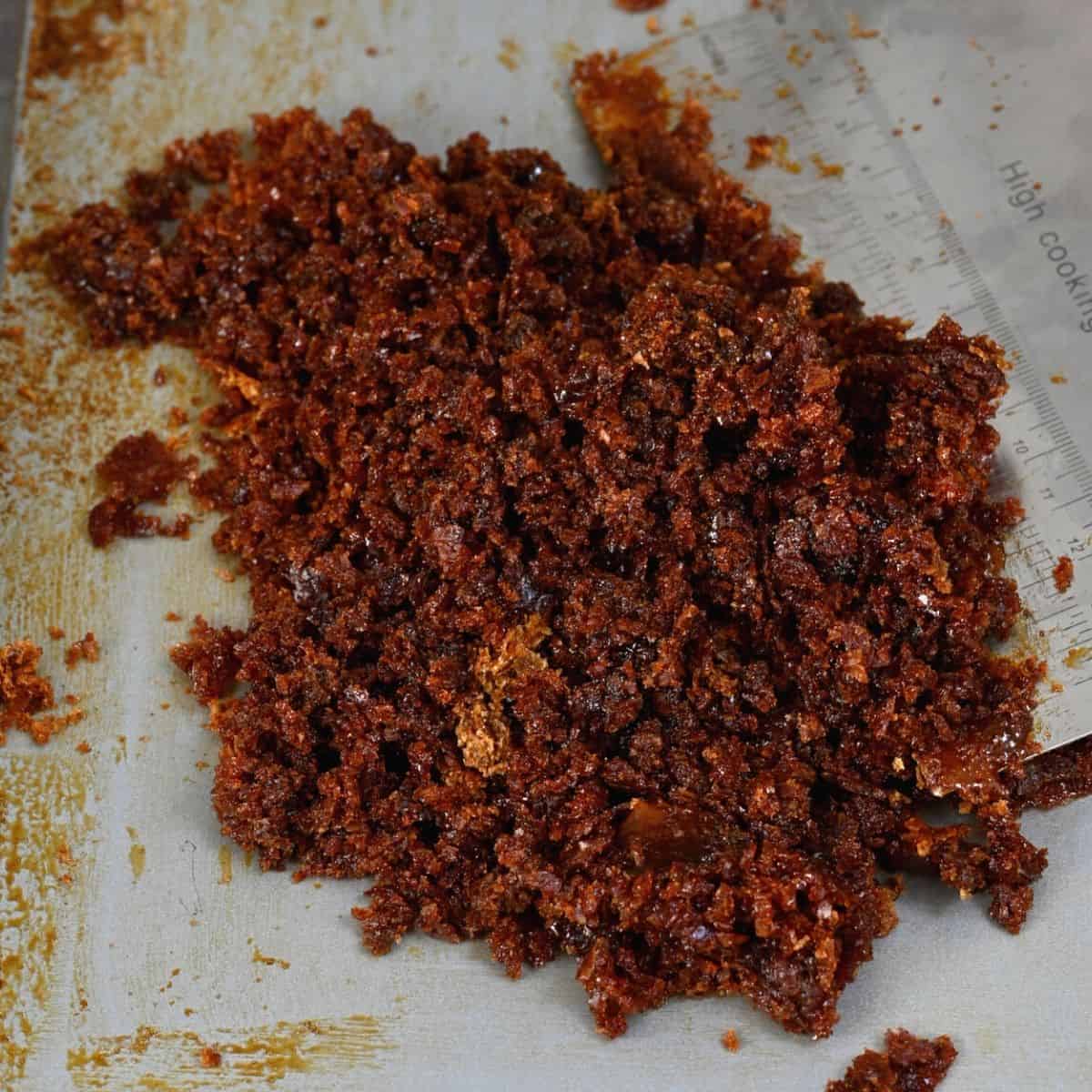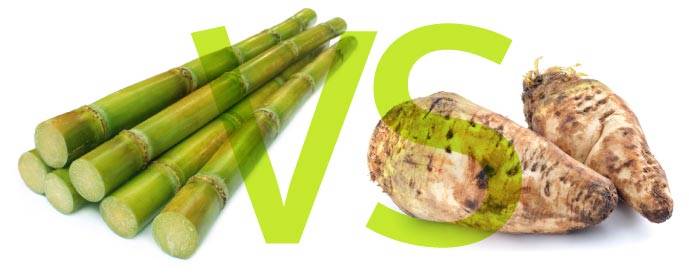An In-Depth Guide to the Environmental Impact and Sustainability Practices in Walking Stick Sugar Processing
The environmental effect of walking stick sugar processing provides an intricate array of challenges that warrant careful assessment. From soil deterioration and extreme water usage to the carbon footprint associated with growing and manufacturing, the effects of typical techniques are far-ranging. In comparison, the fostering of ingenious sustainability procedures provides a pathway toward extra liable manufacturing techniques. Comprehending the interplay in between these problems is vital for stakeholders in the market. What particular practices can be implemented to strike an equilibrium in between productivity and environmental stewardship? The solutions depend on a better look at both the obstacles and prospective services.
Review of Walking Stick Sugar Processing
Walking cane sugar processing entails a series of systematic actions that change sugarcane right into refined sugar. Initially, collected sugarcane is moved to refining facilities, where it goes through cleaning to eliminate dirt and particles. Following this, the cane is squashed to extract juice, which is then made clear by removing pollutants via heating and the enhancement of lime.
The clarified juice undertakes evaporation, where water is gotten rid of to focus the sugar content. These crystals are separated from the remaining syrup using centrifugation, resulting in raw sugar.
The final product is then dried and packaged for circulation. Throughout this whole procedure, preserving performance and top quality control is vital to make certain the sugar fulfills sector criteria. Each action in walking cane sugar handling not just adds to the last product however likewise has ramifications for resource use and waste generation, setting the phase for conversations on sustainability and ecological effects connected with sugar production.
Environmental Challenges of Production
The production of walking cane sugar provides a number of considerable environmental challenges that warrant focus. One key problem is the considerable use agrochemicals, consisting of chemicals and plant foods, which can result in soil destruction, biodiversity loss, and contamination of regional water sources. The runoff from sugarcane areas commonly brings these chemicals into neighboring ecosystems, interfering with water life and affecting the health of areas reliant on these water bodies.
One more challenge is the high power usage connected with sugarcane handling. The boiling and refining stages call for considerable heat, primarily produced by burning fossil gas, adding to greenhouse gas emissions. In addition, the extensive acreage needed for sugarcane growing can lead to logging and habitat destruction, more worsening climate modification and threatening wild animals.
Additionally, the labor practices in some areas elevate honest issues, as workers might face poor working problems and inadequate earnings. This situation often bolsters a cycle of hardship in local neighborhoods. Cane Sugar Processing. Addressing these ecological challenges is critical for creating a lot more sustainable techniques in walking cane sugar production, inevitably benefiting both the setting and the neighborhoods entailed in this market
Water and Land Use Effect
Water sources and land use are crucial elements in the cane sugar market that significantly affect the setting. The cultivation of sugarcane needs significant water input, with estimates suggesting that it can take in approximately 2,000 litres of water per kilogram of sugar produced. This intensive use water often causes deficiency of regional water resources, impacting not just the sugarcane ranches but also bordering communities and communities that count on the very same water sources for farming and residential usage.

Additionally, land usage for sugarcane cultivation can cause deforestation and the conversion of natural environments right into monoculture ranches. This technique decreases biodiversity, interferes with local environments, and adds to soil deterioration. The development of sugarcane fields typically elbows in on important farming land, developing competition for resources between food and biofuel manufacturing.
Lasting practices, such as enhancing watering strategies and executing crop turning, are crucial to mitigate these effects. By embracing extra efficient water usage and land management methods, the walking cane sugar market can decrease its environmental impact, making certain a balance between agricultural my company productivity and environmental preservation.
Greenhouse Gas Emissions
Greenhouse gas emissions represent a considerable environmental concern within the walking stick sugar handling sector, specifically as agricultural methods increase to meet worldwide demand. The cultivation of sugarcane, a crop that thrives in tropical climates, counts heavily on synthetic fertilizers and pesticides, which add to nitrous oxide emissions. Additionally, land-use changes, consisting of logging for brand-new sugarcane vineyards, release carbon dioxide stored in vegetation and dirt.
Throughout handling, energy intake is an additional major source of greenhouse gas exhausts - Cane Sugar Processing. Numerous sugar mills utilize fossil gas to power equipment and generate warmth, leading to considerable carbon impacts. Moreover, the transportation of raw sugarcane and ended up products includes layers of discharges through gas combustion in lorries
The collective effect of these exhausts intensifies climate adjustment, positioning threats not only to the setting however additionally to the long-lasting viability of the sector. Stakeholders should identify the urgent requirement for comprehensive methods that deal with these exhausts. This involves examining current agricultural techniques, processing techniques, and transport systems to identify locations for improvement and reduction. Dealing with greenhouse gas discharges is necessary for promoting an extra sustainable walking stick sugar sector in a changing climate.

Lasting Practices and Innovations
Sustainable techniques and advancements are increasingly essential in the walking view website stick sugar processing market as stakeholders seek to lower ecological impacts while keeping efficiency. One considerable development is the execution of integrated plant administration, which maximizes resource use by integrating dirt administration, pest control, and plant rotation methods. This approach improves return while lessening chemical inputs and preserving soil wellness.
Furthermore, the adoption of renewable resource sources, such as biomass from sugarcane deposits, has obtained traction - Cane Sugar Processing. By transforming waste products right into power, processing centers can lower their reliance on nonrenewable fuel sources, therefore lowering greenhouse gas discharges
Water monitoring practices have likewise seen renovations via the recycling and reusing of water in processing plants, substantially lowering freshwater consumption. Developments in innovation, such as accuracy farming, make it possible for farmers to monitor crop health and wellness and resource usage extra effectively, guaranteeing sustainable growing methods.
Moreover, qualification programs like Fair Profession and Rain forest Alliance encourage environmentally responsible farming practices and promote social equity within the supply chain. By embracing these sustainable practices and developments, the walking stick sugar processing industry can enhance its resilience and contribute favorably to ecological stewardship.
Verdict
The ecological influence of walking cane sugar handling offers substantial difficulties, consisting of soil degradation, high water consumption, and greenhouse gas emissions, alongside moral problems associated with labor techniques. Resolving these concerns with lasting methods, such as incorporated plant administration, renewable resource fostering, and water recycling, is important. By advertising eco liable and socially fair approaches in sugar manufacturing, the industry can mitigate its damaging impacts, guaranteeing a more lasting future for both ecological communities and areas involved in this field.
Walking stick sugar processing entails a series of systematic actions that transform sugarcane into polished sugar. Each action in cane sugar handling not only adds to the final product this content however also has implications for source use and waste generation, establishing the stage for discussions on sustainability and ecological influences connected with sugar manufacturing.
Greenhouse gas emissions stand for a considerable ecological issue within the cane sugar processing industry, especially as agricultural methods expand to satisfy global need.Sustainable techniques and developments are significantly important in the walking cane sugar processing market as stakeholders look for to decrease ecological influences while maintaining performance.The ecological impact of walking stick sugar handling offers considerable difficulties, consisting of soil deterioration, high water usage, and greenhouse gas exhausts, alongside honest worries connected to labor practices.